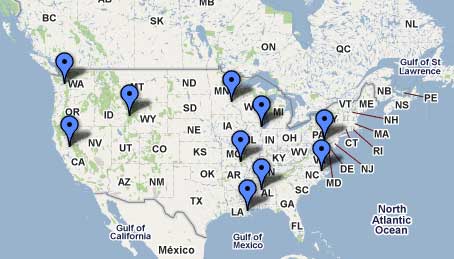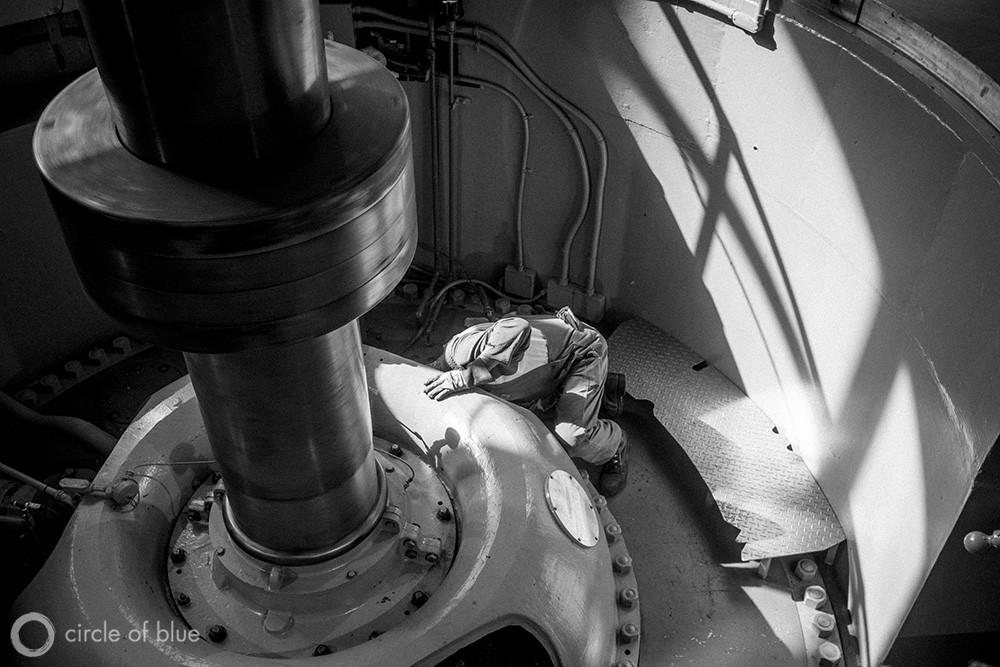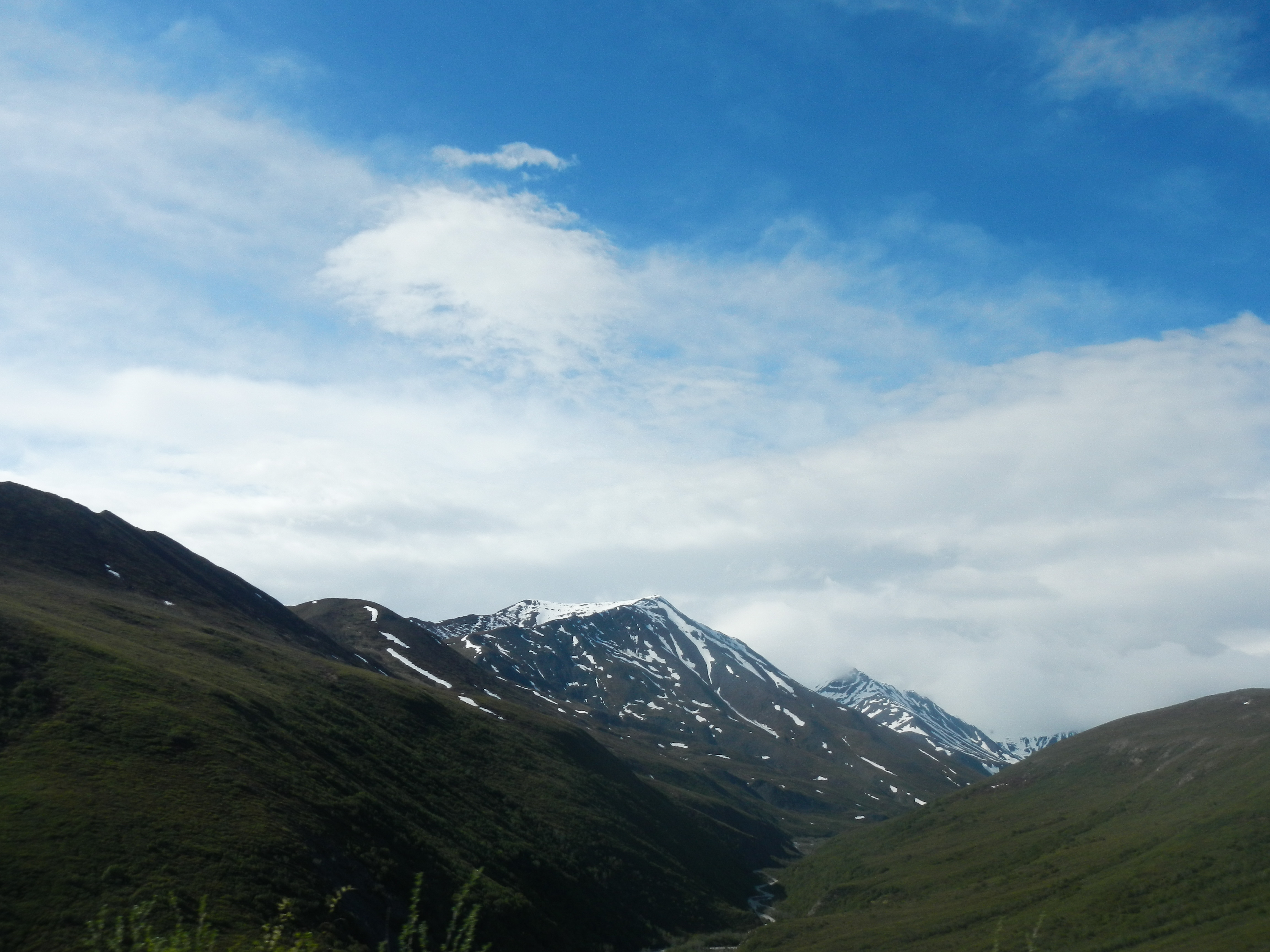Endangered Rivers and Success Stories
Leavening the imperiled areas from the latest “Endangered Rivers” report with a few bright spots.
On Tuesday, the U.S. conservation group American Rivers released its annual list of the nation’s most endangered rivers. For nearly three decades, the organization has identified 10 significant waterways each year that face a crucial development, regulatory, or legal decision.
This year — in a nod to the legislative victory represented by the Clean Water Act and in a poke to the nation’s elected leaders, who, according to environmentalists, need to stand up for the Act’s provisions — American Rivers ranked the Potomac River, scarcely a 30-minute walk from Congress’s doorstep, in the top spot.
The Other List
Less publicized, however, is the catalog of successes from American Rivers. This list — which includes places where mines have been cleaned up, where dams have been removed, and where clear water is once again flowing — is worth a look, if only to remind ourselves that not all is gloom.
However, an honest measure of “success” is not so easily won. The removal, for example, of two dams on the Elwha River in Washington state is the first project mentioned. The Elwha made the list in 1995 and 1992. Taking down the derelict structures has undoubtedly been an event to cheer, but unanswered questions about sediment flows and salmon runs shade the whole enterprise with an ambiguity that will linger for decades. The marks of development, in many cases, scratch deep.
History Says…
Being curious, I reviewed the last 10 years of the Endangered Rivers reports. Since the list is not based on numerical analysis, it’s hard to draw any firm conclusions about trends, but a few things are notable:
- Population and Resource Extraction/Energy Development Matter. California (the nation’s most populous state) and Colorado (a hot bed for natural gas production, a top 10 energy producer, and the site of numerous inter-basin water transfers) each had eight rivers listed. Wyoming, another energy champion, had six, as did Pennsylvania, where fracking has become a big point of contention.
- The Usual Suspects. Several rivers received multiple nominations, led by the Snake River in the Pacific Northwest with three (2009, 2004, 2003). Among those appearing twice in the last decade are the Susquehanna, which feeds the Chesapeake Bay (2011, 2005), the St. Croix in Minnesota and Wisconsin (2011, 2009), and the rivers flowing into Alaska’s Bristol Bay (2011, 2006).
- A Few No-shows. Seven states did not place a river on the endangered list in the last 10 years. Most are small states in the Northeast: the roster includes New Hampshire, Rhode Island, Vermont, and Delaware, as well as Indiana and Hawaii. Perennially maligned New Jersey is also in the group. (Exclusion does not mean that all is well in these lucky seven. They just may not have the acute problems and looming decisions required for inclusion.)
Has American Rivers overlooked a river near you?Contact Brett Walton
–Brett Walton
Circle of Blue reporter
Brett writes about agriculture, energy, infrastructure, and the politics and economics of water in the United States. He also writes the Federal Water Tap, Circle of Blue’s weekly digest of U.S. government water news. He is the winner of two Society of Environmental Journalists reporting awards, one of the top honors in American environmental journalism: first place for explanatory reporting for a series on septic system pollution in the United States(2016) and third place for beat reporting in a small market (2014). He received the Sierra Club’s Distinguished Service Award in 2018. Brett lives in Seattle, where he hikes the mountains and bakes pies. Contact Brett Walton







